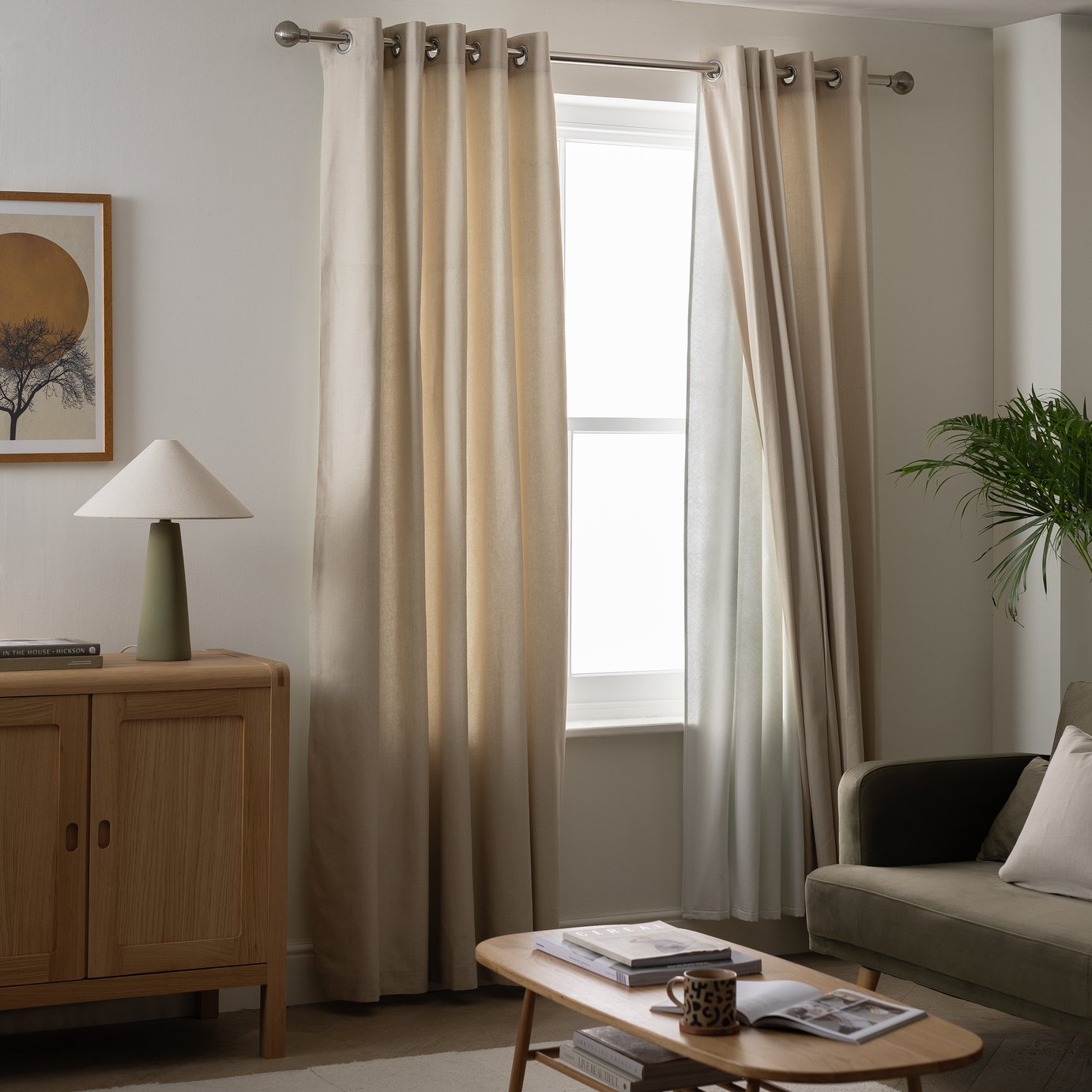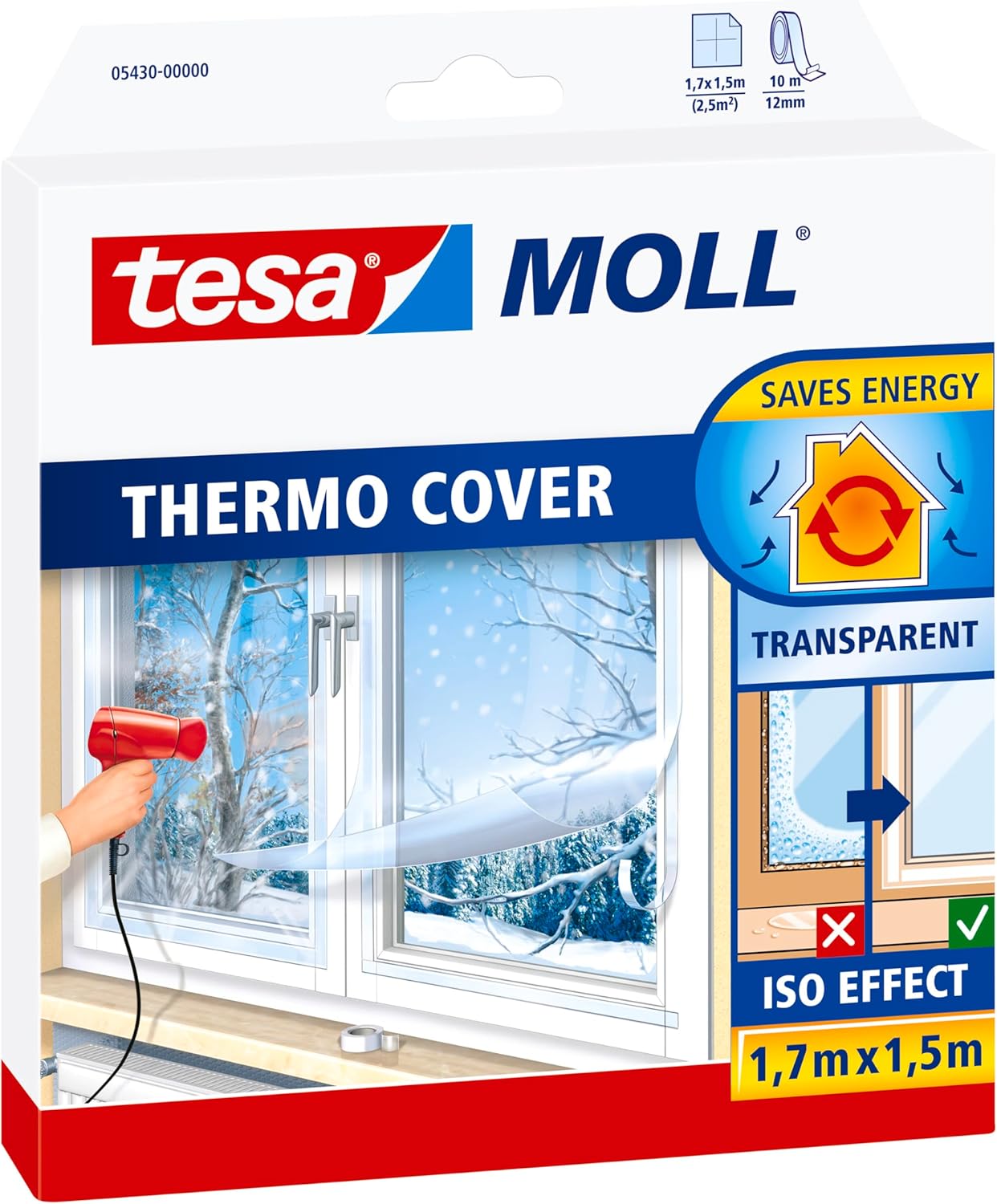4 effective, inexpensive and non-permanent ways to insulate a draughty window, including the one I swear by all year round
Got draughty windows and a tight budget? These solutions are wallet-friendly and ideal for renters


Unless you live in a well-insulated home, wet and windy autumn weather can leave us feeling chilly and uncomfortable, and facing higher energy bills than necessary. You might also find yourself tackling condensation every morning in a bid to ward off damp and mould.
If your windows are feeling particularly draughty, that won't be helping matters, and any heat you are generating to keep yourself warm will be escaping straight through those gaps. So it's important to seal them up.
When it comes to how to draughtproof a window, the best and most permanent solution might be to replace the window, but if you are renting, on a tight budget, or need a quicker fix, this might not be feasible.
Fortunately, there are multiple inexpensive, and temporary, solutions that will solve the problem and keep your home warm and draught-free. And by keeping the cold air out, you can limit the excess moisture in your home that is contributing to your condensation problems.
1. Use draught excluder tape

The most simple solution is to use draught excluder tape around your windows to keep draughts at bay. It's inexpensive, easily installed, and removable. Ideal Home's Managing Editor Thea swears by it in her single-glazed Victorian flat.
'Weather sealing strips are foam, rubber or silicone strips that stick to the edge of windows to prevent cold air from entering,' explains Liam Spencer, owner of Northallerton Glass. 'Ensure that the window is clean before applying weather sealing strips, as dirt or debris can weaken the adhesive. The strips will need to be replaced eventually, as they can become less effective over time.'
There are different variations of this type of product that you can choose depending on your budget and the look you want to achieve.
Sign up to our newsletter for style inspiration, real homes, project and garden advice and shopping know-how
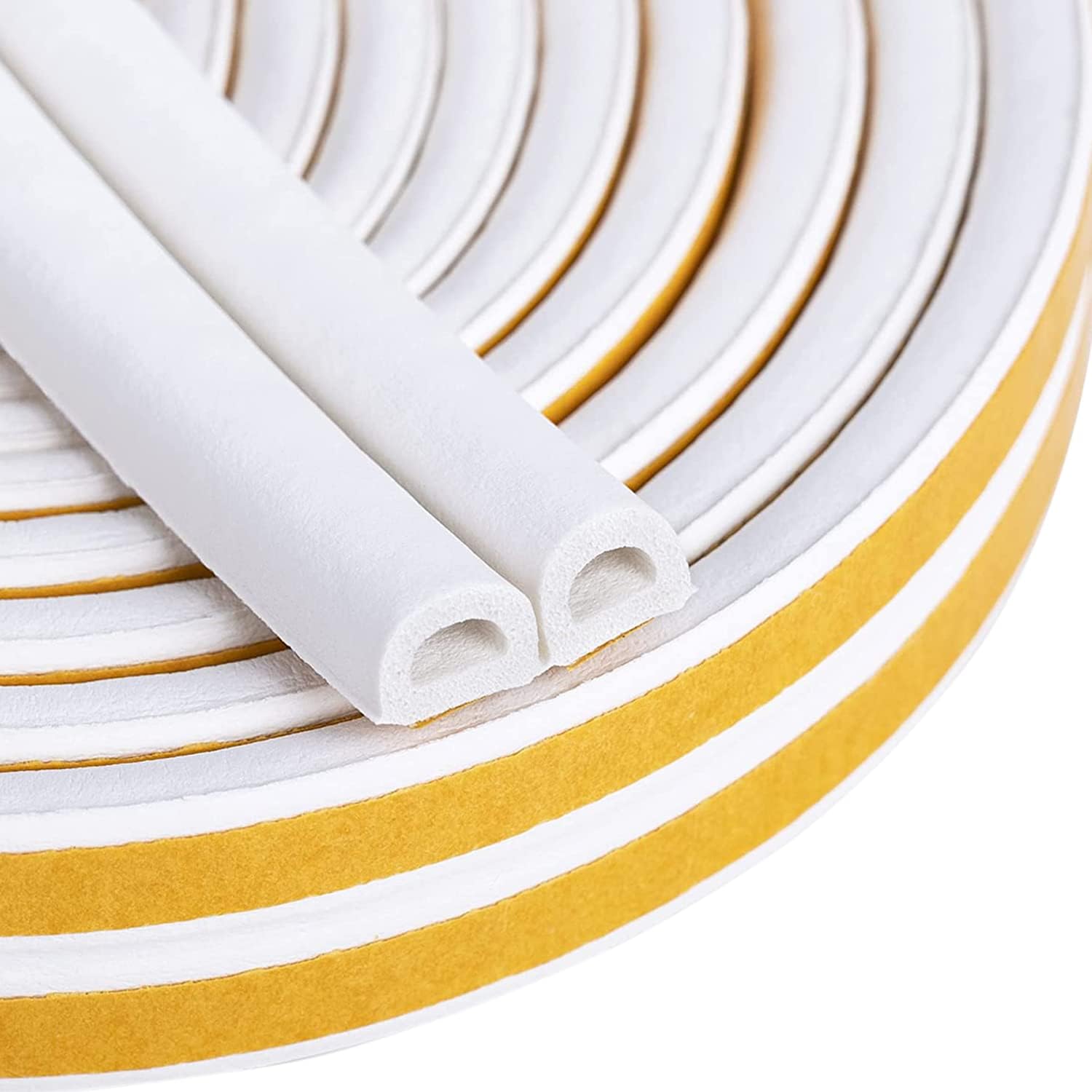
This self adhesive foam strip can easily be cut to size and applied around windows and it's white colour way is unobtrusive so it'll do it's job without sticking out like a sore thumb.
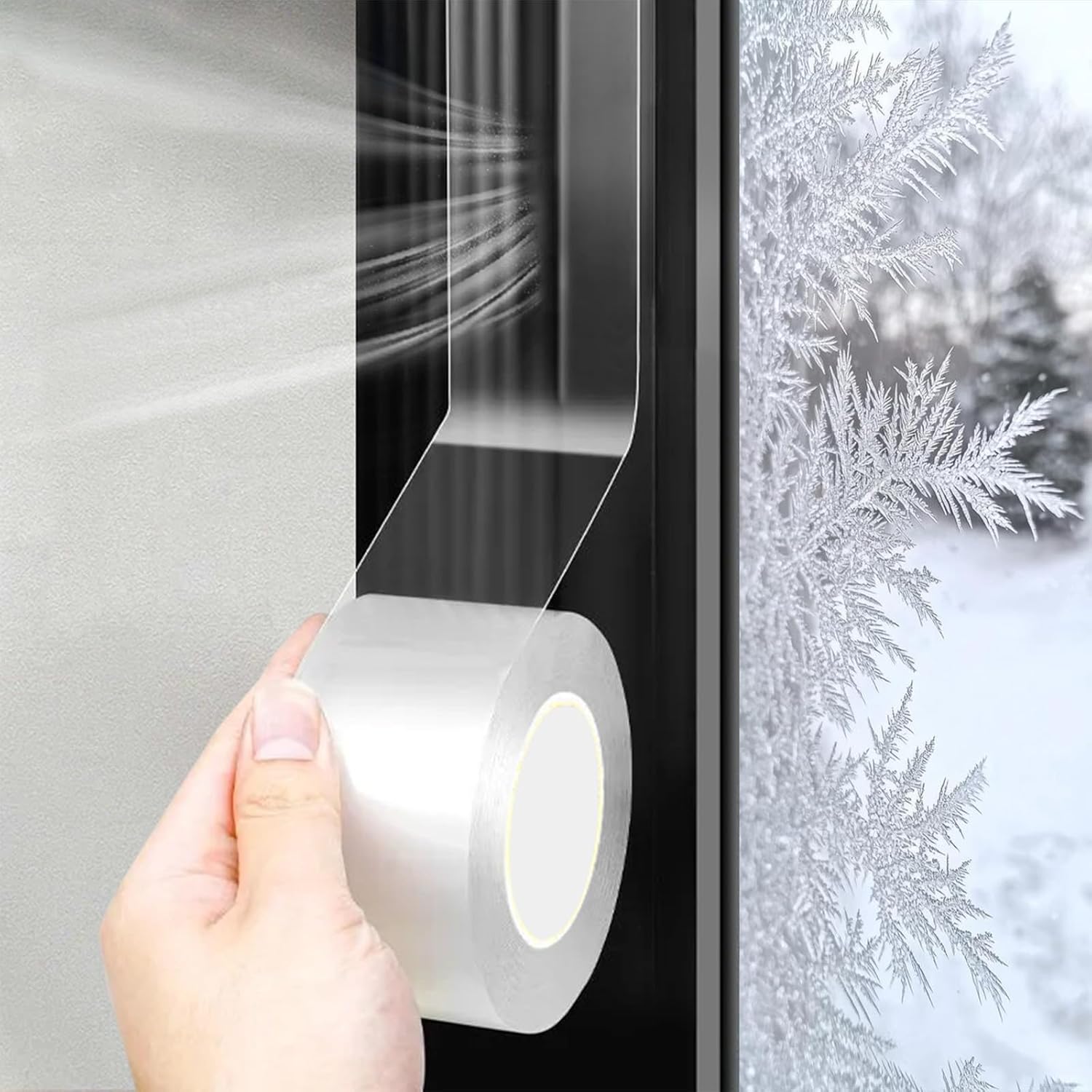
Don't like the look of the foam strips? This clear tape will keep draughts out too, is invisible once installed, and won't leave a sticky residue (or peel off surrounding paintwork) when it's removed.
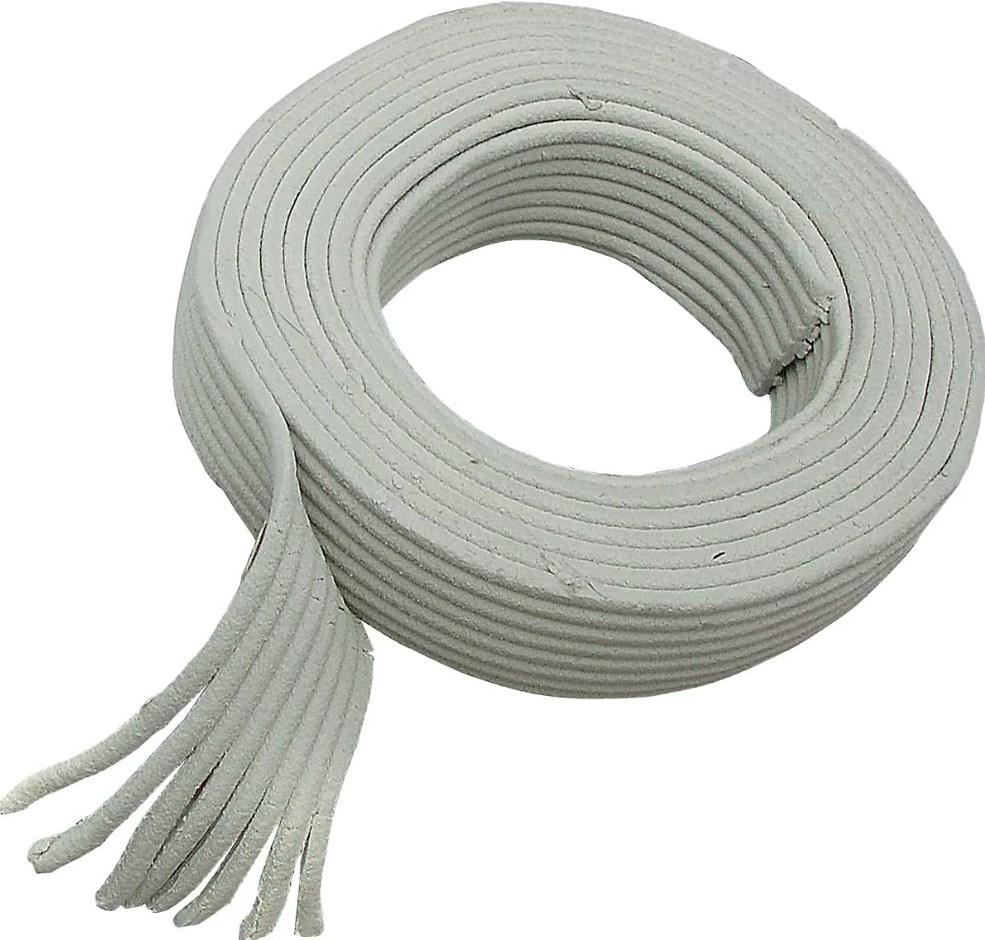
These ropes of caulk are super-effective at keeping draughts out and heat in once pressed into place. It's suitable for a variety of surfaces including wood, plastic, masonry, metal, glass or concrete. Importantly, it doesn't dry out, so you can easily remove it when you need to.
2. Upgrade to thermal curtains

I am a huge advocate of thermal curtains. I have them in my own home and have felt their benefits in both winter and summer. And they're perfectly renter-friendly too.
If your budget will stretch, it's a good idea to combine thermal curtains with other methods on this list for maximum draught protection and energy efficiency this winter.
'As the colder months set in, many renters know all too well the discomfort and cost that come with draughty, inefficient window,' says Jo Trotman, Marketing Manager at The Residence Collection. 'Our latest research shows that, on average, British homes lose around 18% of their heat through their windows alone - a huge contributor to rising energy bills.
'Even thick, lined curtains - which start from around £40 a pair - can act as an extra thermal barrier, helping to keep rooms warmer for longer.'
For maximum impact, make sure you close the curtains as soon as it gets dark and temperatures really plummet.
Don't want curtains? Thermal blinds can work just as well. 'Blinds are a great way to insulate your windows, keeping your home warm and cosy to help ease your energy usage over the cooler months,' says Helen O’Connor, Product and Trend Manager at 247 Blinds. 'For those renting, it may seem like an inaccessible upgrade, but there are actually several no-drill options perfect for those wanting to protect their deposit.'
3. Try a transparent window insulation kit

Adding an insulating film to your windows can be a great way to keep your home warm in the winter, without committing to anything permanent.
'A window insulation film kit will usually contain a plastic shrink film that is applied to the inside of the window using double sided tape,' explains Liam. 'Once applied to the window, use a hair dryer to shrink to film to the window's shape and remove any wrinkles. Once the weather becomes warm again, the film can easily be removed.'

Now this one won't look pretty, but using bubble wrap against your windows can provide a temporary solution. But maybe save this for windows in attached garages, or even shed windows, instead.
4. Use a silicone sealant

Technically a more permanent solution, it is possible to remove silicone sealant down the line, which is why it's included on this list.
Some traditional caulks may shrink over time, which will lead to more gaps for the draughts to find their way through, whereas silicone alternatives tend to offer more flexibility which can prevent this.
FAQs
What's the best way to solve window draughts for good?
The best permanent solution to tackle window draughts is to address your windows themselves. This might include upgrading from single to double glazing, adding secondary glazing or even replace your windows altogether. But this comes at a significant cost, so it's worth trying other methods, like permanently sealing any gaps around the frames to see the difference that makes before you commit to full replacement.
Other places you should check for draughts to keep your home warm this winter
If your home is draughty and struggles to retain heat, then while windows can be a key culprit, it's important to investigate the other spots where draughts can enter, and tackle them at the same time.
- Around your front door and patio doors. Check things like letterboxes and keyholes too. You can buy specialist keyhole draught excluders or letterbox draught excluders in a variety of colours and finishes.
- Around a door to an attached garage. As garages don't have heating, doors to an attached or integral garage can be notoriously draughty. Investing in an insulated door curtain, like this one from Amazon (£23.99), is a wise move.
- Around electrical sockets and pipework. It's worth checking for draughts around socket and where any pipes enter your home, if you want your home to be warm as possible.
- Between floorboards and around skirting boards. If you live in an older home, you might find you feel draughts around your feet. While a permanent solution can be complicated, adding a thick rug to the floor can help to minimise the impact and keep heat in.
- Chimneys and fireplaces. Ensuring any fireplace smoke is safely removed from your home is essential, but when your fire isn't in use, this can mean draughts easily find there way into your home. This is where a draught excluder, like the Chimney Balloon draught excluder, £19 from Amazon, can be a real gamechanger.
- Loft hatches. The loft hatch is one of those areas that people don't insulate but should. It could make a big difference to how warm your home feels.

Sarah Handley is Ideal Home’s Renovation Editor. She joined the team full time in September 2024, following three years of looking after the site's home finance content. As well as all things renovation, Sarah also looks after our Home Energy content, which covers all aspects of heating and insulation as well as tips on how homeowners can reduce their energy usage. She has been a journalist since 2007 and has worked for a range of titles including Homebuilding & Renovating, Real Homes, GoodtoKnow, The Money Edit and more.
You must confirm your public display name before commenting
Please logout and then login again, you will then be prompted to enter your display name.

